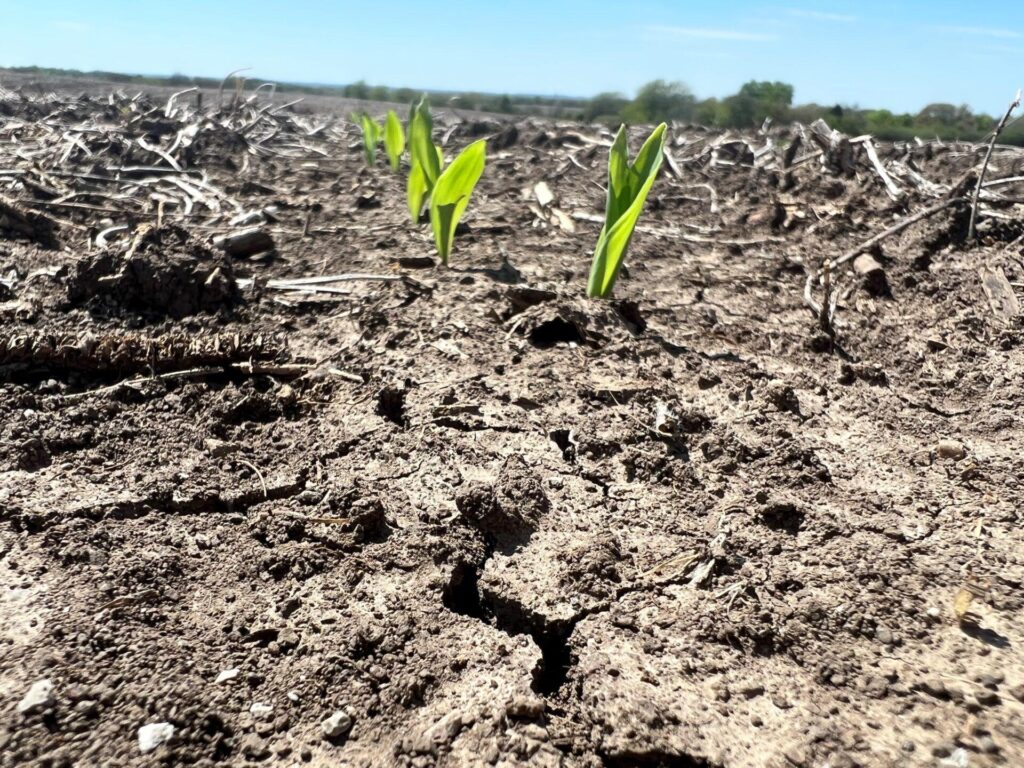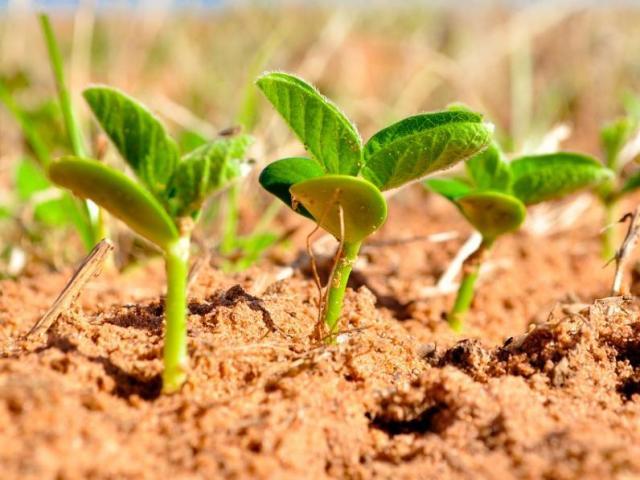Rising from the tall grass and rolling prairie, South Dakota’s agriculture carries layers of history, peppered with both routine and idiosyncratic change. Over coffee at a local seed dealership—or pulling off the highway near Mitchell—farmers will sometimes joke that you can set your clocks to corn planting season. The crops might be steady year over year, but beneath these annual routines, long tendrils of transformation wind through both land patterns and commodity valuations.
Shocking some older producers used to the reign of wheat in every conversation, corn now outpaces all rivals in acreage: 6.3 million acres planted for all purposes as reported most recently. Soybeans chase just behind at 5.1 million. Hard red and winter wheat (a traditional stalwart for generations) finds itself harvesting only about 700,000 acres recently—less than one-eighth what rolls under corn stalks each fall. That’s a swift decline for an old kingpin.
Commodity classifications follow a logic increasingly colored by value-added potential rather than simple row crop quantity. Classic categories remain—grain crops like sorghum or oats perched beside oilseeds such as sunflower—but underneath these broad brushes lies an evolving set of nuances: food-grade versus feed-grade outputs; distinctions between organic certification molecules and mass-market hybrids; specialty grains cut from contract growing versus standardized elevator sales.
Livestock brings another vector altogether. While cattle ranching still cuts deep into local culture—hard not to mention rodeos here—the last decade tells a different story if you chase numbers instead of nostalgia. Dairy cow inventory ballooned by 119 percent over ten years, while total milk output leaped even higher—with a whopping 122 percent jump since just before Covid re-shaped foodsheds worldwide. This isn’t merely buoyant headlines for farm magazines either; it marks realignment spurred partly by university-driven research facilities encouraging sophisticated dairy science right alongside mash panels testing new fermentation profiles.
Processors arrive on-site armed with these granular commodity distinctions when negotiating spot contracts or setting future delivery terms—with pork processors particularly leveraging lower input costs available locally. Pork inventories have surged upward more than 83 percent during ten years when much of rural America saw pig numbers waver or drop off entirely due to consolidation pressures elsewhere.
While those figures sing optimism in certain barns, other signals cloud forecasts heading toward harvest festivals next fall.
Persistently high input expenses erode margins even during decent yield years; fertilizer invoices have become ordinary sources of concern at grain elevators as much as global trade headwinds induce cautious forward pricing among cash crop growers wary after boom cycles busted post-2012 droughts. Weakening loan repayment rates suggest not everyone’s playing from ahead—even if auctions fetch flashy prices per acre north of Sioux Falls, uncertainty rides shotgun on many drives home from credit meetings this spring.
You might expect price movements like wild geese skimming Lake Thompson late September—you see rippling activity but rarely discern neat order across markets themselves. Classification strains show up downline too: where agronomists once sorted everything “feed” or “food,” modern segmentation considers protein fractions within soybean meal intended either for tofu manufacture in Minneapolis or energy-dense concentrate delivered beside swine finishing sheds outside Huron.
Land values echo shifting priorities on paper (albeit bank ledgers tell their own tales). Surveyors document slowing gains across farmland sales after turbocharged pandemic-fueled spikes abated last season—a recalibration rather than collapse is underway as operators digest whether to tilt acres toward forage crops supporting expanding dairy herds or chase rotational advantages between soybeans and hardier alternative staples like barley (a surprise comeback kid in specialty beverage markets).
Food manufacturing tightens its grip too: sizable operations—including companies such as Bel Brands and Smithfield—anchor regional demand no less surely than rain shapes an oat field’s fate mid-July. Behind them stands South Dakota State University—not exactly Ivy League cachet perhaps but fielding unique programs blending production science with hands-on processing internships few states can match. Local grads slip straight into payroll slots crunching lactose curves instead of pounding pavement searching elsewhere—a practical rare bird phenomenon outside coastal metros nowadays.
Agriculture here never fully settles down nor draws easy lines between what once was staple grainland bordering windbreak willow rows versus vertically-integrated livestock complexes humming daylong farther westward on lighter soils. Market categorizations keep mutating under new regulations one legislative session then toggling again two seasons later—all while boots tramp fields familiar yet transformed beneath branding iron sunsets made famous more by Charles Russell paintings than lobbyist press releases caught up inside Pierre hallways.
From pandemics jolting supply chains sideways to subtle soil pH shifts altering rotation calculus east river counties favor—it’s less crystal ball reading than deciphering tea leaves rolling around sturdy kitchen mugs each unpredictable March thaw.
Change moves faster some springs—and slower others—but it seems weathered farmers who survived hard winters are comfortable enough leaning into unpredictability with an attitude best summed up by that old Norwegian bachelor farmer quip: “Some days chickens…other days feathers.” And so they plant again anyway: oats beside triticale this time—instead of rye—not because algorithms forecast it perfectly but because intuition waltzes well with stubborn practicality across Dakota loam better than spreadsheets ever could hope worth their salt.





